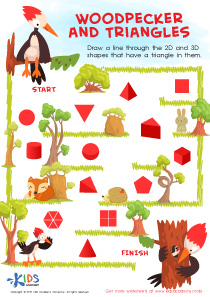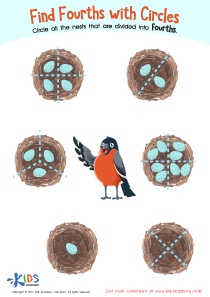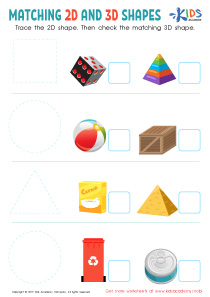Problem-Solving Skills Extra Challenge Area and Perimeter Worksheets for Ages 3-8
4 filtered results
-
From - To
Welcome to our Problem-Solving Skills Extra Challenge Area and Perimeter Worksheets designed for young learners aged 3-8. These engaging worksheets provide fun and interactive exercises that promote critical thinking and boost mathematical understanding. Kids will explore the concepts of area and perimeter through colorful visuals and hands-on activities, making math enjoyable and accessible. Perfect for classroom or home use, our worksheets help children develop key problem-solving skills essential for their academic journey. Encourage curiosity and a love for learning as your child navigates various challenges situations involving shapes and measurements. Dive into problem-solving fun today!
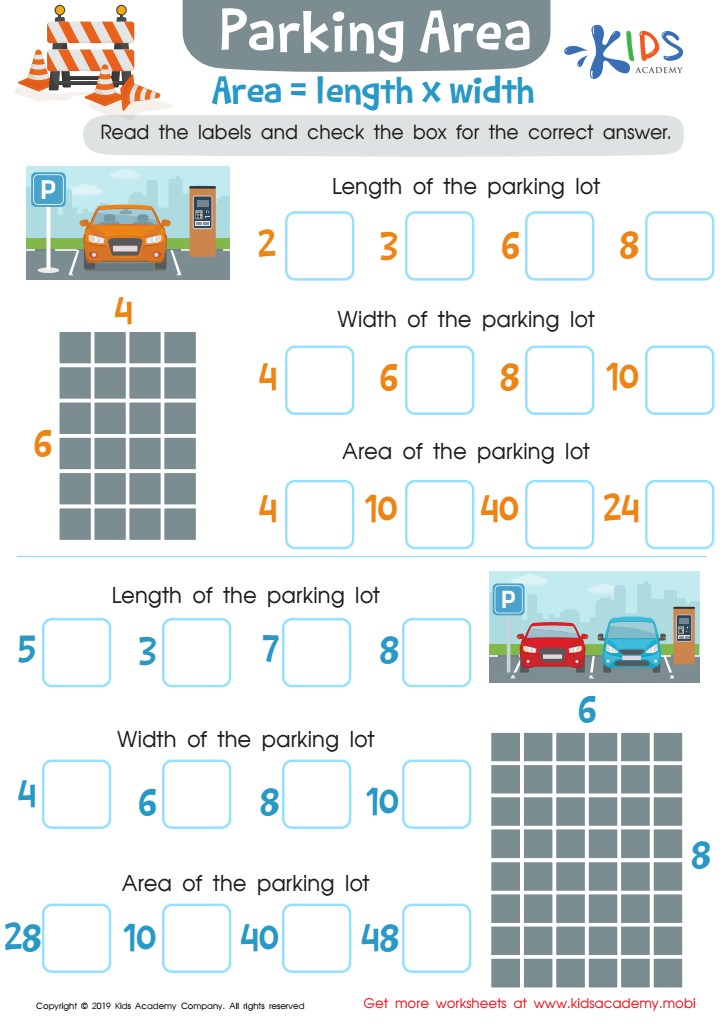

Parking Area Worksheet


Perimeter Word Problems Worksheet
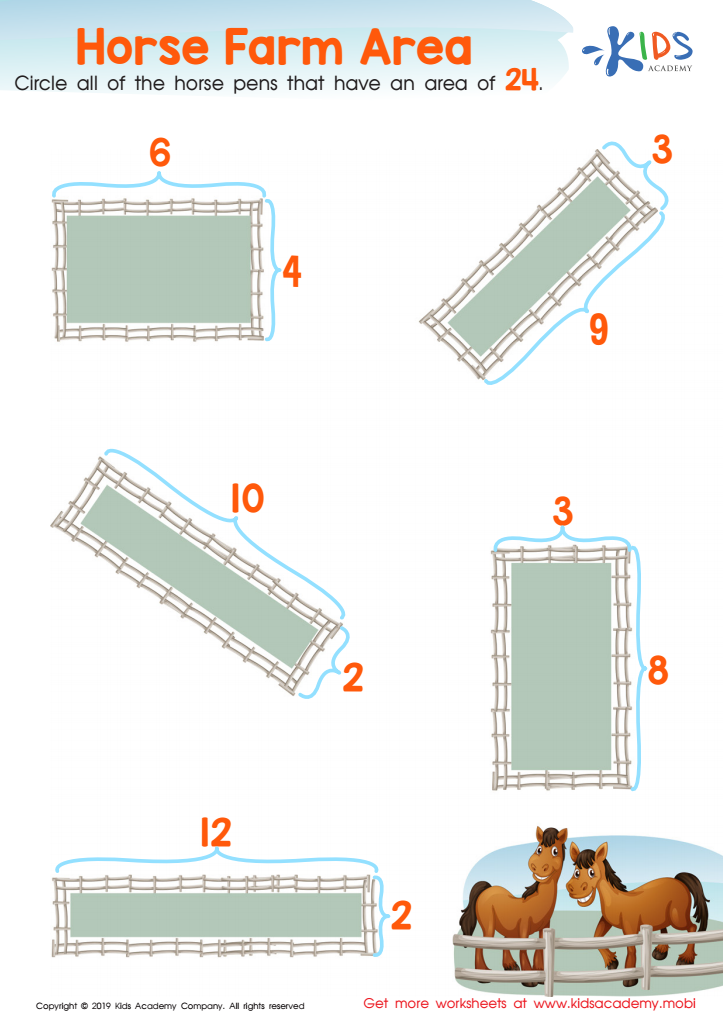

Horse Farm Area Worksheet
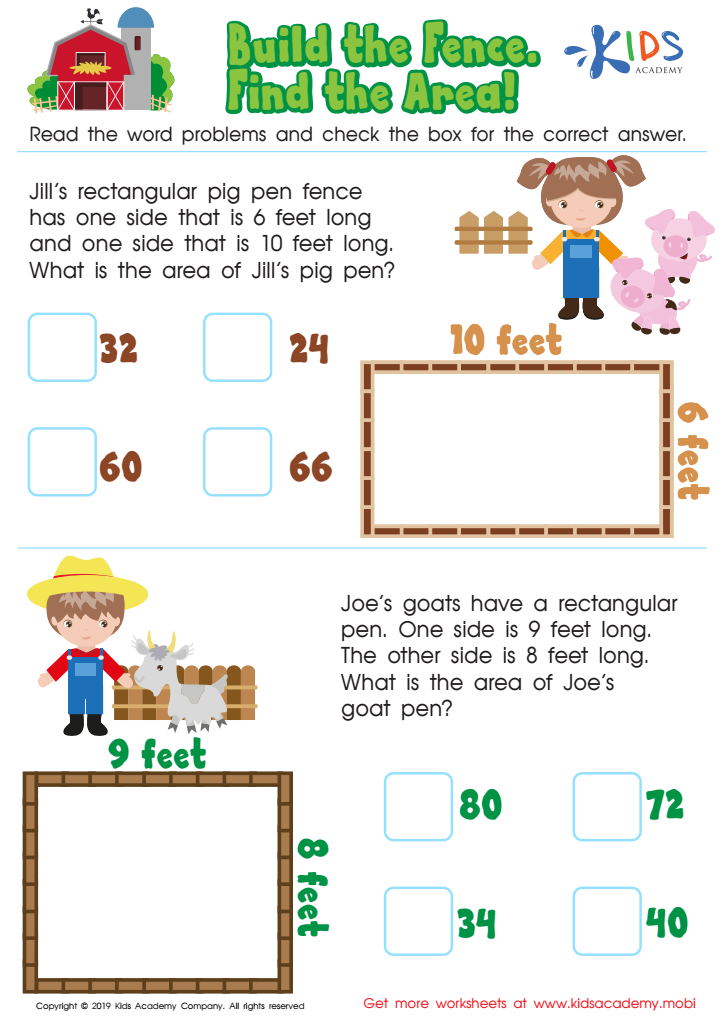

Build the Fence, Find the Area Worksheet
Parents and teachers should prioritize problem-solving skills in the context of teaching area and perimeter to children aged 3-8 because these foundational concepts foster critical thinking and cognitive development. At this young age, children are naturally curious and eager to explore concepts through hands-on experiences. Engaging them in activities related to area and perimeter helps them develop spatial awareness, measurement skills, and the ability to reason logically.
By introducing these concepts through games and challenges, educators can create an engaging learning environment that keeps children motivated. Problem-solving activities encourage collaboration and communication among peers, promoting social skills alongside academic ones. Additionally, these skills are transferable; students learn to approach challenges systematically and apply their understanding to real-world situations.
Fostering strong problem-solving skills in young learners also builds confidence. When children overcome challenges, they gain a sense of accomplishment, encouraging them to tackle future obstacles with resilience. Parents and teachers play a crucial role in nurturing a growth mindset, emphasizing that mistakes are just steps towards learning. Overall, enhancing problem-solving abilities in the areas of area and perimeter not only supports mathematical understanding but also prepares children for more complex problem-solving tasks in the future.
 Assign to My Students
Assign to My Students












